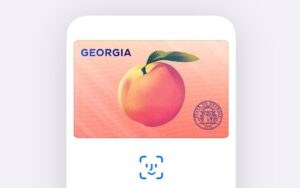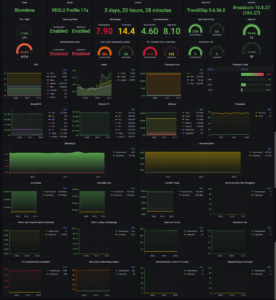Introduction to the importance of the length of a blog post
When it comes to blogging, one question often lingers in the minds of writers and marketers alike: what is the best length for a blog post? The answer isn’t as straightforward as you might think. Length can significantly impact reader engagement, SEO performance, and even sharing potential. Striking the right balance between being informative and concise is key to keeping your audience hooked from start to finish. Whether you’re aiming for brief insights or in-depth discussions, understanding how length affects your content will help you create posts that resonate with readers. Let’s dive into why focusing on word count matters more than ever in today’s fast-paced digital landscape.
Why shorter blog posts may be more effective
Shorter blog posts can captivate readers quickly. In a world filled with distractions, brevity is key. Many people skim content instead of reading every word. A concise post allows for easy scanning.
Also, shorter pieces encourage clarity. Writers are forced to distill their thoughts into essential points. This often leads to stronger arguments and more impactful messages.
Moreover, shorter articles can boost engagement rates on social media platforms. Readers are more likely to share bite-sized information than lengthy discussions.
Quick reads cater well to mobile users who consume content on the go. They appreciate fast insights that fit within their busy lives without overwhelming them with too much text at once.
The benefits and drawbacks of longer blog posts
Longer blog posts can be a double-edged sword. They often provide in-depth information, allowing writers to explore topics thoroughly. This depth can establish authority and trust with readers.
However, the attention span of online users tends to be short. Lengthy articles may overwhelm or discourage them from reading entirely. If not well-structured, they risk losing engagement quickly.
Another benefit is SEO advantage; longer content usually ranks better on search engines. Google favors comprehensive pieces that cover various aspects of a subject.
On the downside, creating high-quality long-form content demands more time and effort. There’s always the challenge of maintaining reader interest throughout an extended piece.
Balancing detail with readability becomes crucial when opting for longer formats. Understanding your audience’s preferences plays a vital role in deciding if length will work in your favor or against it.
Finding the sweet spot: ideal length for a blog post
Determining the ideal length for a blog post is more art than science. Research suggests that posts between 1,500 and 2,500 words often perform well in terms of SEO and reader engagement. However, this isn’t a one-size-fits-all solution.
Consider the topic at hand. Complex subjects may require deeper exploration, while straightforward topics can be effectively communicated in fewer words.
Audience matters too. If your readers prefer quick bites of information, shorter posts might resonate better with them. Conversely, if they seek detailed analysis or comprehensive guides, longer content will likely keep them engaged.
Don’t forget about formatting elements like headings and bullet points to enhance readability. These tools help break up text and make lengthy articles less daunting.
It’s about striking a balance where you provide enough value without overwhelming your audience with excessive details.
Tips for determining the best length for your specific audience and topic
Understanding your audience is key to finding the best length for a blog post. Start by analyzing their preferences. Are they busy professionals who prefer quick reads or avid readers who enjoy in-depth analysis?
Consider your topic as well. Technical subjects often require more words for thorough explanation, while lifestyle posts can be shorter and punchier.
Engage with your audience through polls or comments to gather feedback on what they find most valuable. This interaction will guide you in refining your content length.
Don’t forget about SEO factors too! Research keywords and see how competitor posts perform based on their lengths.
Test different formats over time and monitor engagement metrics like time on page and bounce rates to fine-tune your approach continually. Adjusting based on real data can lead to improved results in reader satisfaction and retention.
How to keep readers engaged regardless of post length
Engaging your readers is crucial, no matter the length of your blog post. Start with a captivating introduction that hooks them immediately. A strong opening line can pique curiosity and invite further reading.
Use subheadings to break up content into digestible sections. This helps readers skim and find what interests them most. Bullet points or numbered lists can also convey information quickly and clearly.
Incorporate visuals like images, infographics, or videos to enhance understanding and keep things dynamic. They provide breaks in text while illustrating key points effectively.
Ask questions throughout the post to encourage interaction. Prompting readers to think about their own experiences makes the content more relatable.
Maintaining an authentic voice creates a connection with your audience. Genuine passion for your topic shines through writing, making it easier for readers to stay engaged until the last word.
Conclusion: Remember, quality over quantity matters most in blogging
When it comes to blogging, striving for the best length for a blog post is essential. While the ideal word count can vary based on your audience and topic, always prioritize quality over quantity. Focus on delivering valuable content that resonates with readers rather than merely filling space.
Engaging writing, informative insights, and clear messaging should be at the forefront of your strategy. Whether you opt for shorter or longer posts, ensure they serve a purpose and connect with your audience effectively. It’s about crafting meaningful content that keeps readers coming back for more—because that’s what truly defines successful blogging.



